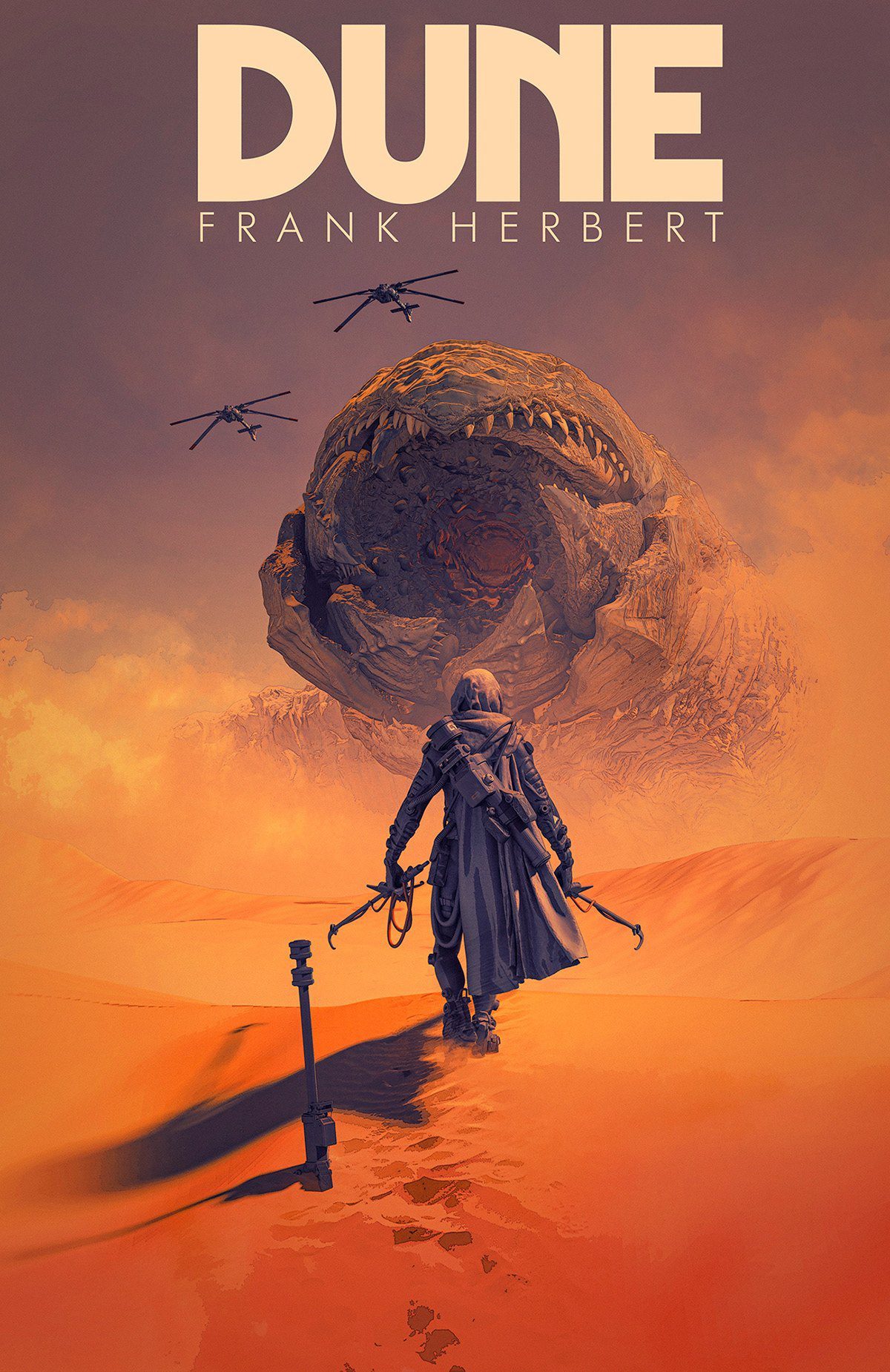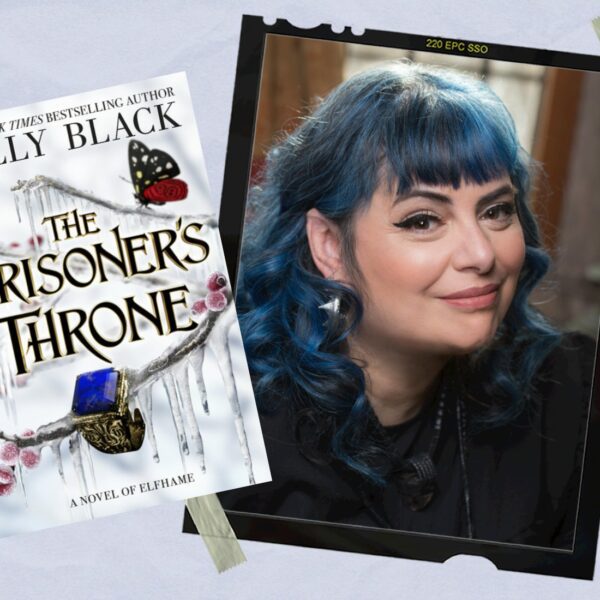Dear fellow sand wanderers,
As the desert winds whisper secrets across the dunes (dune 2), we find ourselves at the crossroads of sand and spice, where the mighty worm roams and the melange flows. Yes, my friends, we’re diving into the intergalactic epic that is Dune: Part Two—both the book (dune 2 vs book) and its silver-screen sibling. So, grab your stillsuit, adjust your crysknife, and let’s ride this sandworm together!


The world of Arrakis, shrouded in sand and teeming with life, has captivated readers and moviegoers for decades. Frank Herbert’s Dune stands as a pillar of science fiction literature, its intricate tapestry woven with themes of ecology, politics, and humanity’s potential. Denis Villeneuve’s recent film adaptation, Dune 2, while visually stunning, sparked discussions among fans about its faithfulness to the source material.
In this blog post, we’ll delve into the differences between Dune 2 and the book (dune 2 vs book), exploring how Villeneuve translated Herbert’s epic onto the big screen. This is not a judgment on whether the film is “good” or “bad,” but rather an invitation to appreciate the unique strengths of both mediums.
- The Spice Must Flow: A Quick Recap
- Setting the Stage: Arrakis and the Spice
- Chani’s Heart: A Love Story in the Dunes
- Bene Gesserit Whispers and Prophecies
- Character Shuffle: Who’s In, Who’s Out
- Sardaukar Stormtroopers and Their Swagger
- Alia’s Unusual Fate: A Twist in the Spice
- House Atreides: A Beacon of Hope
- Paul Atreides: From Prince to Muad’Dib
- Visions of the Future: Prophecy and Prescience
- The Fremen: A People of the Sand
- Conclusion: Embracing the Journey Through Sand and Stars
The Spice Must Flow: A Quick Recap
Before we plunge into the sandstorm of comparisons, let’s set the stage. Dune, the original novel by Frank Herbert, is a galactic odyssey that blends politics, religion, and ecology into a heady brew. It’s a tale of noble houses, sandworms, and the coveted spice melange—a substance that grants prescience and fuels interstellar travel. If you haven’t read it yet, consider this your invitation to Arrakis.
Now, fast-forward to Dune: Part Two, the cinematic sequel directed by the brilliant Denis Villeneuve. It’s a visual feast—a sand-swept symphony that continues the saga of House Atreides, the Fremen, and the enigmatic Muad’Dib. But how does it stack up against the sacred text? Let’s explore the differences like a Fremen navigating a sandstorm.
Setting the Stage: Arrakis and the Spice
Before diving into specific characters and plot points, let’s revisit the heart of the story: Arrakis. This harsh desert planet holds the key to galactic power: spice, a valuable resource with life-extending properties. The book delves deeply into the ecology of Arrakis, showcasing its harsh beauty and the intricate web of life that exists despite the unforgiving conditions. The film, while capturing the vastness and danger of the desert, might not offer the same level of ecological detail found in the book.
Chani’s Heart: A Love Story in the Dunes
Chani, a Fremen woman, plays a pivotal role in Paul’s life. In the book, she is not merely a love interest but a powerful figure in her own right, deeply connected to the Fremen culture and its spiritual traditions. The film portrays their relationship beautifully, but the book offers a more nuanced understanding of Chani’s influence on Paul and the Fremen community.
Book:
In Herbert’s novel, our hero Paul Atreides falls for Chani, a fierce Fremen warrior. Their love blooms amidst the shifting sands, and Chani becomes more than a love interest—she’s a symbol of hope for the Fremen people. The prophecy of the Lisan al-Gaib hangs over their heads like a sandworm’s shadow.
Movie:
Ah, but Villeneuve takes a darker path. Chani (played by the ethereal Zendaya) steps into the spotlight. She’s not just Paul’s heartthrob; she’s a warrior queen, a conduit for the Lisan al-Gaib legend. The film dives deeper into religion, and Paul’s journey veers toward antihero territory. Brace yourselves, my spice seekers—it’s a wild ride.
Bene Gesserit Whispers and Prophecies
The enigmatic Bene Gesserit, a powerful sisterhood manipulating human evolution, play a significant role in the Dune universe. The book delves into their complex motives and training methods, offering glimpses into their long-term plans. The film necessarily condenses this intricate aspect, though it still portrays their influence on Paul’s mother, Lady Jessica.
Book:
The Bene Gesserit sisterhood weaves webs of prophecy. Jessica, Paul’s mother, becomes the Fremen’s revered Reverend Mother. Paul grapples with his destiny as the Kwisatz Haderach—the one who can see across time.
Movie:
Villeneuve’s lens focuses on Jessica’s transformation. The Reverend Mother ritual is a haunting scene. And Paul? His path as the Lisan al-Gaib is etched in sandstone. Religion, my friends, is the spice of life here.
Character Shuffle: Who’s In, Who’s Out
Book:
Meet Alia, Paul’s sister—a preborn oracle with ancient memories. And don’t forget Leto II, the sandworm-riding heir. They’re essential to the saga. Also, Thufir Hawat, the Atreides Mentat, has his own subplot.
Movie:
Hold your crysknives, folks. Alia and Leto II? Poof! Gone. Thufir’s subplot? Trimmed. The film streamlines, like a sandcat on the prowl.
Sardaukar Stormtroopers and Their Swagger
The Sardaukar, the Emperor’s elite fighting force, represent a formidable threat in Dune. Both the book and the film depict them as ruthless and highly-trained warriors, though the film might condense their backstory and motivations.
Book:
The Sardaukar, Emperor’s elite, descend on Arrakis. Their brutality is legendary. Fear follows them like a sandstorm.
Movie:
Fear not, dear readers—the Sardaukar remain intimidating. But their uniforms? A tad different. Think less black armor, more desert chic.
Alia’s Unusual Fate: A Twist in the Spice
Alia Atreides, Paul’s younger sister, plays a significant role in the later books of the Dune series. However, she is not featured in the first half of the story, and Villeneuve chose not to include her in the film adaptation. This narrative decision has been a point of discussion among fans, as Alia’s character adds another layer of complexity to the story’s themes of power and destiny.
Book:
Alia’s a force of nature—a preborn sorceress. Her role is pivotal.
Movie:
Hold onto your sandboots. Alia? Never born. Instead, she’s a telepathic fetus, whispering secrets to Jessica.
House Atreides: A Beacon of Hope
We meet House Atreides, noble and noble-minded, entrusted with stewardship of Arrakis. Duke Leto Atreides, a just and honorable leader, and his son Paul, imbued with unique abilities, stand in stark contrast to the corrupt forces they encounter. The book establishes a strong foundation for House Atreides, exploring their history, values, and internal dynamics.
Paul Atreides: From Prince to Muad’Dib
Paul’s journey forms the core of the Dune narrative. The book chronicles his transformation from a sheltered young duke to Muad’Dib, a powerful leader embraced by the Fremen. While the film captures these key aspects, the book provides deeper insight into Paul’s internal struggles, his grappling with visions and destiny, and the emotional toll that his journey takes on him.
Visions of the Future: Prophecy and Prescience
Prescience, the ability to glimpse the future, plays a crucial role in the Dune universe. The book explores the complexities of prescience, its limitations, and its influence on Paul’s choices. The film portrays Paul’s visions in a more visual and symbolic way, leaving some of the book’s philosophical exploration of prescience on the cutting-room floor.
The Fremen: A People of the Sand
The Fremen, the indigenous people of Arrakis, are a fascinating and complex society. The book paints a detailed picture of their culture, beliefs, and their unique adaptation to the harsh desert environment. The film captures their resilience and fighting spirit, though some of the book’s exploration of their religious traditions and social structure might be less prominent.
Conclusion: Embracing the Journey Through Sand and Stars
Dune 2, while a visually stunning cinematic experience, stands as a distinct interpretation of Frank Herbert’s Dune universe(dune 2 vs book). Both the film and the book offer unique strengths and perspectives on this sprawling story. The book delves deeper into the intricate details of the world, characters, and themes, while the film presents a more condensed and visually captivating adaptation.
Ultimately, appreciating both mediums allows for a richer understanding of Dune. The book serves as a foundation, providing the intricate details and philosophical depth that enrich the story. The film, in turn, offers a visually stunning and emotionally charged interpretation, bringing the world of Arrakis and its characters to life on the big screen.
Whether you’re a book purist or a newcomer to the Dune universe, both the book and the film offer a captivating journey through sand and stars, filled with epic battles, complex characters, and enduring questions about humanity, ecology, and the nature of power. So, grab your copy of the book, settle in for a cinematic experience, or do both, and embark on your own exploration of the captivating world of Dune.






